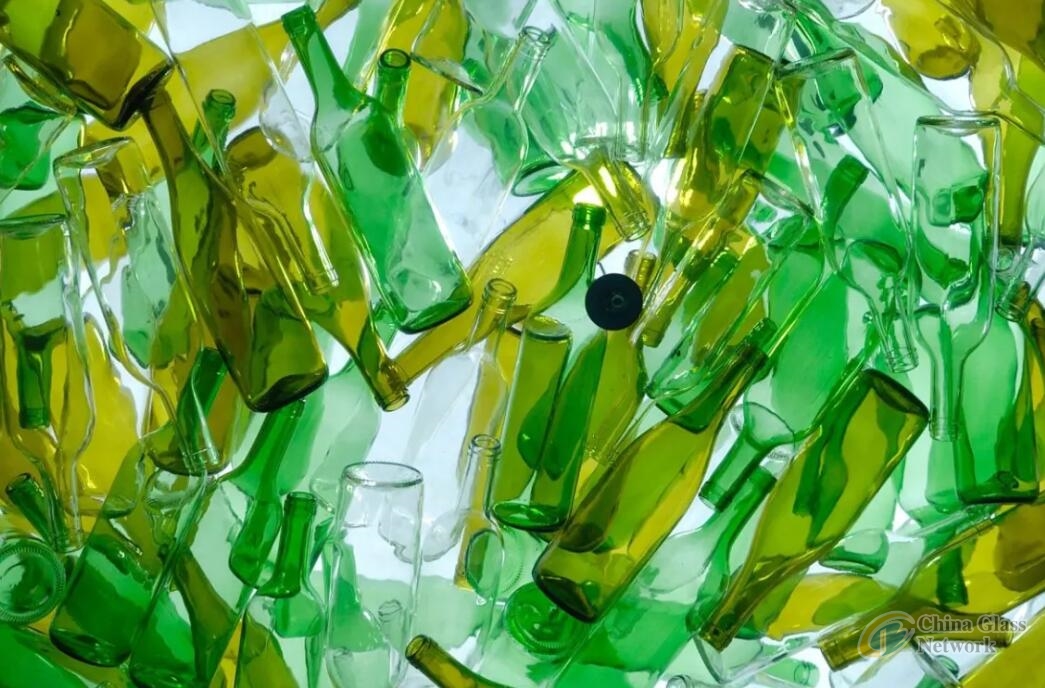Post Time:Aug 08,2023Classify:Industry NewsView:2041
You’re at the supermarket, your favorite drink on your mind – but wait, should you opt for the glass bottle or the plastic one? The sustainability debate surrounding glass and plastic has kept eco-conscious consumers on their toes. While glass often earns a green badge compared to plastic in sustainability, let’s delve deeper into its environmental impacts.

1. The Hidden Environmental Cost of Glass
Manufacturing glass starts with silica sand extraction, an often-overlooked environmental concern. Mining silica sand contributes to land degradation and biodiversity loss, notably in places like Shankargarh, India, the primary supplier of silica sand for the country’s glass industry. Moreover, prolonged exposure to silica dust can lead to chronic respiratory conditions such as silicosis, blurring the line between environmental and public health concerns.
Complementing these issues, the demand for sand to manufacture glass amplifies the worldwide sand shortage. The UN states that sand, the second most consumed resource globally after water, is being utilized faster than it can naturally regenerate, with an astounding 50 billion tons used annually for varying applications.
Manufacturing glass demands high energy inputs, primarily due to the extremely high temperatures required to transform raw materials into glass. These temperatures can reach up to 1500C (2732F), reflecting the sheer energy intensity of the process. Moreover, this process doesn’t just guzzle energy but also releases a substantial amount of greenhouse gases. The container and flat-glass industries collectively emit over 60 megatonnes of CO2 each year, a stark reminder of the environmental toll of our glass consumption. Additionally, many glass production facilities operate around the clock, further exacerbating their energy use and environmental impact.
Unbeknownst to many, the manufacturing process of plastic bottles has a smaller environmental impact than that of glass. This may seem counterintuitive, but it is primarily due to the lower energy requirements of plastic production. Plastics have a lower melting point, meaning less energy is needed in manufacturing. This results in less CO2 emissions compared to the production of glass bottles. However, it’s essential to remember that despite the lower energy input, plastic’s durability and recycling potential are limited, and improper disposal can lead to severe environmental consequences such as ocean pollution and harm to marine life. So, the whole picture requires balancing manufacturing impacts and the product’s lifecycle.
While glass can be recycled endlessly, its recycling process lacks environmental implications. Recycling glass still necessitates remelting, the most energy-consuming phase of glass production. Despite this, recycling can yield significant energy savings by incorporating recycled glass cullets into the mix, slightly reducing the associated CO2 emissions. Yet, global glass recycling rates vary tremendously, hinting at potential opportunities for improving the efficiency and impact of recycling programs.
Both glass and plastic present their unique sets of environmental challenges. However, acknowledging these complexities equips us with the knowledge to make informed choices. One choice could be considering alternative packaging materials like cartons, which exhibit a relatively lesser environmental impact and manufacturing imprint. We should also advocate for systemic changes in recycling and manufacturing processes, diminishing our ecological footprint. After all, sustainability is a journey, and every step towards eco-consciousness counts!
Source: https://www.onegreenplanet.org/Author: shangyi
PrevCMS thin glass processing
Germany’s ‘glass heart’ receives energy and decarbonisation boostNext